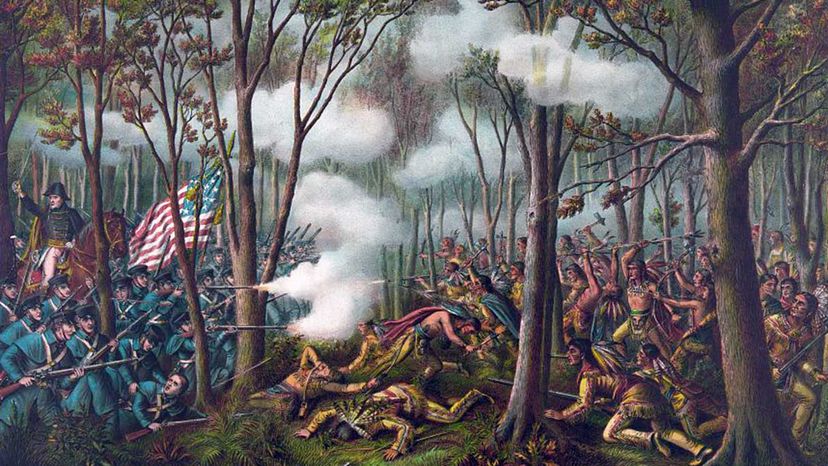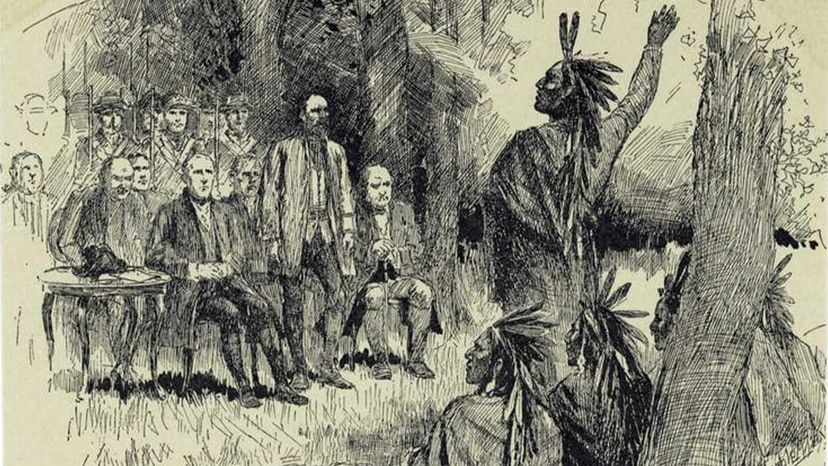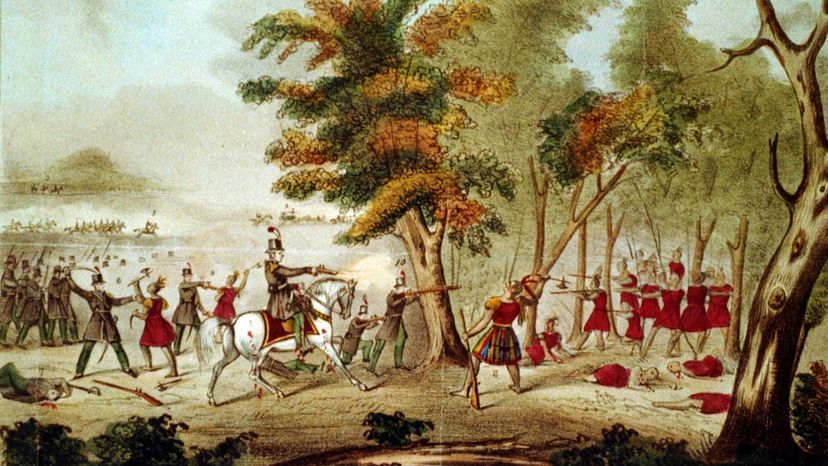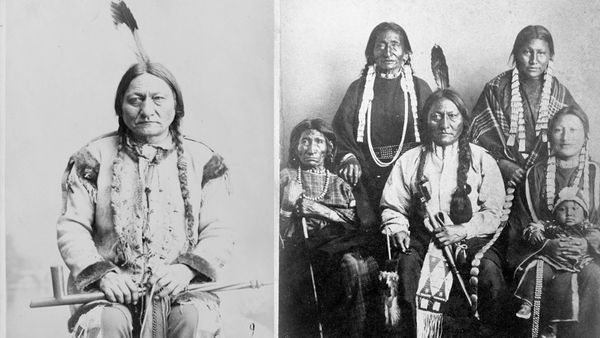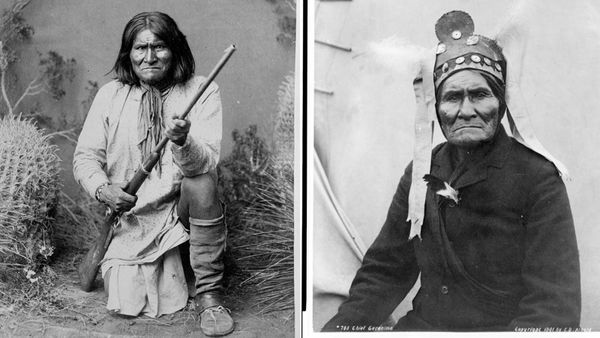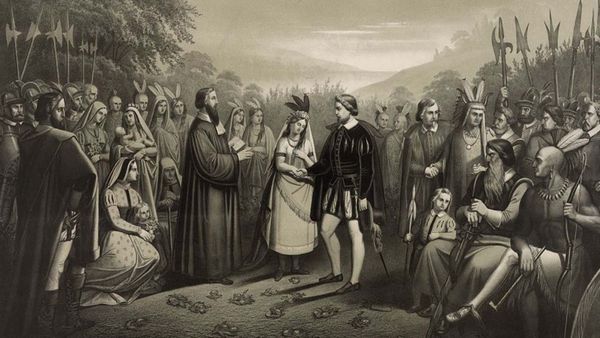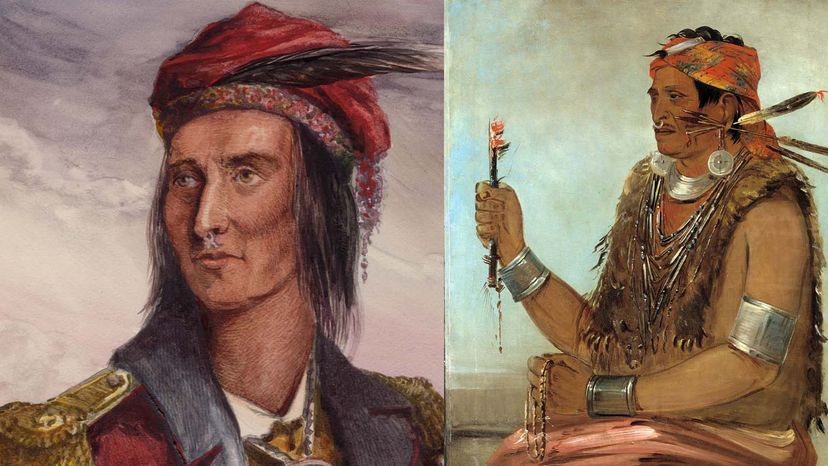
William Henry Harrison was the son of a moneyed Virginia farmer. He trained in the classics, was hardened as a U.S. Army officer and briefly served as the ninth president of the United States. He considered his greatest rival the Shawnee leader Tecumseh, calling him "one of those uncommon geniuses, which spring up occasionally to produce revolutions and overturn the established order of things."
Consider that for a second: A white man of privilege, charged with stealing the land of Native Americans in the name of a nascent but overwhelmingly powerful nation — and killing any "savages" in his way — praising the man who would send his warriors against him.
Advertisement
That gushing respect explains how Tecumseh became a legend in his time, among both friends and foes. It's a legend worth examining now, more than 200 years after his death, as America grudgingly faces a long overdue reckoning with its treatment of Native Americans and other people of color.
"Most biographers, it seems to me, fall into one of two categories. They either fall in love with their subject, or the more they read about him, the more they write about him, they can't stand him," says historian R. David Edmunds, the author of 1984's "Tecumseh and the Quest for Indian Leadership," and a Professor Emeritus in history at the University of Texas at Dallas. "I would argue mine may be somewhere in the middle. But you still can't really deal with Tecumseh, I think — most of us — without walking away thinking, 'This man is really something special.'"
Advertisement
